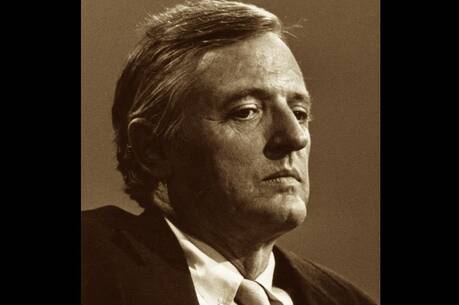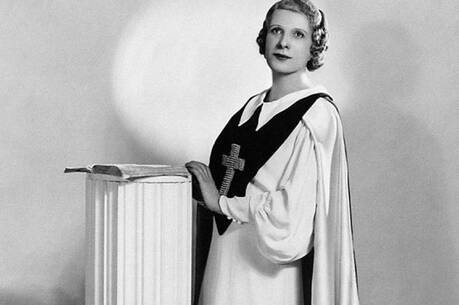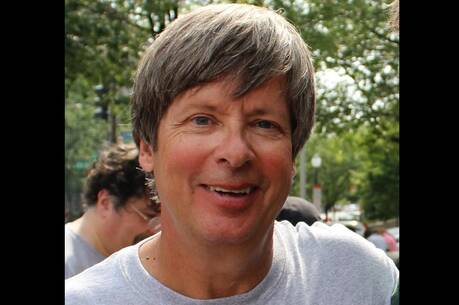Take Joseph Epstein’s essay, The Green-Eyed Monster: Envy Is Nothing to Be Jealous Of, which provides a vivid rationale for the virtuous life. Epstein contends, without much reference to religion, that envy simply makes us miserable, while others among the seven deadly sins are rather fun. Epstein elevates only a few human beings above the temptation to envy: Socrates, Jesus, Marcus Aurelius, St. Francis of Assisi and Mother Teresa of Calcutta. The rest of us, he insists, are human enough to be subject to jealous bouts. I daresay those who read this brief reflection where it first ran, in The Washington Monthly, hardly suspected Epstein of being a spiritual writer. But so he is, in Zaleski’s definition and mine. Whatever else it may do, spiritual writing helps us to believe that virtue is possible. Mostly I prefer my spiritual writers with a high charge of theological energy. But for some who might be wary of the religion that so attracts me, Epstein’s essay offers the sort of practical wisdom one finds in the Book of Proverbs: be virtuous because it will make your life work.
By contrast, religion figures strongly in James Fredericks’s essay, Masao Abe: A Spiritual Friendship, which recounts a long friendship between a Buddhist and a Christian. Some years ago, I enjoyed a fine Japanese lunch with my friend and teacher, Masao Abe, the great exponent of Zen Buddhism and leader in the dialogue among Buddhists and Christians. Posing some dilemmas of inter-religious dialogue, this essay also defines and describes spiritual friendship: Friendships that reach across the boundaries of community, doctrine, scripture, asceticism, and liturgy that separate religious believers should rightly be recognized as new opportunities for exploring Christian spirituality. Strangeness between two persons of different cultures and faiths is part of Fredericks’s central interest. For him this strangeness is an aspect of the friendship’s depth. Together the two spiritual friends explore such ideas as emptiness and self-emptying and what such notions mean in their different traditions. But they do not hurry to close the gap or insist that both belief systems are about the same thing.
Grace makes its strongest appearance in The Grace of Aridity and Other Comedies, by Kathleen Norris. With her usual dry wit and keen eye for detail, Norris exposes the underside of grace: If grace is so wonderful, why do we have such difficulty recognizing and accepting it? Maybe it’s because grace is not gentle or made-to-order. It often comes disguised as loss, or failure, or unwelcome change.
Some of the briefest selections are among the most riveting. They are poems. Dan Bellm’s Parable begins, I lit the candles of the Sabbath and covered my eyes... and leads the reader right away into the depths of the heart. On the page opposite, Scott Cairns takes Jerusalem as his central figure in Hidden City:
And now I think Jerusalem abides untouched
the temple yet intact, its every corner stone
in place, its vault replete with vivid scent, its ark
alight with vigil lamps whose oil is never spent.
Oddly enough, the celebrity introduction by Jack Miles was my least favorite essay, perhaps because I did not much care that Miles finds the word spirituality embarrassing and not a very adult form of discourse. Admittedly, Miles is dealing with the baggage of being a former Jesuit and the self-confessed pain some life choices have caused him. Come to think of it, maybe I have something to learn from this best-selling writer, whose books about God have long dwelt on best-seller lists. Let me beware, thanks to Joseph Epstein, lest literary envy do me in!
In all, these 36 contributors make spiritual writing look better and more engaging than anything else I have read lately. And Zaleski also enlightens us about what makes a good spiritual writer. What’s required, he says, is a revolution on two fronts. One must strive against mediocrity in one’s work, aiming always for lucidity of thought and beauty of expression; so much might be recommended to any writer in any genre. In addition, however, one must contend against mediocrity in oneself, working always to become more, better, truer, clearer, more open than one was, to increase and abound in love to one another,’ in Paul’s memorable formulation. This twofold front, Zaleski says, sets spiritual writers apart from all other literary practitioners.
Is it true? I would like to think so. At least I am sure of this: I owe my original passage into adult faith to the work of spiritual writers, who spoke to me, decades ago, of a beauty both ancient and new.





